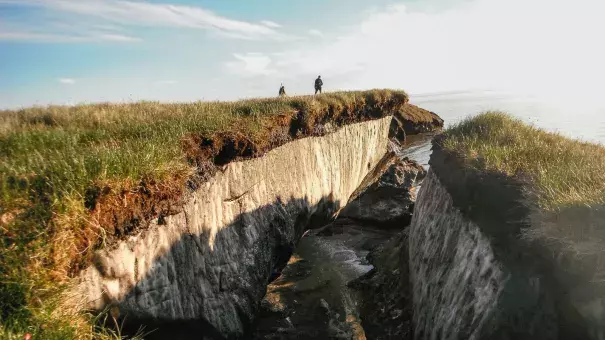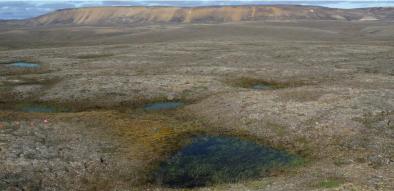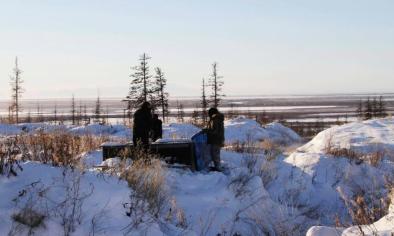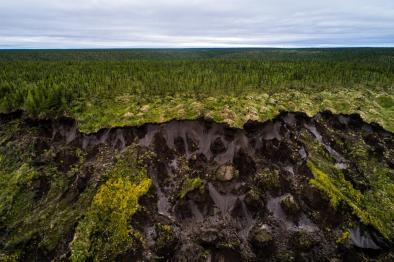Permafrost Soils Contain 'Extraordinary' Levels of Mercury

Thawing permafrost is creating major problems for Alaskan communities, and the situation is poised to get worse as temperatures keep rising. Now scientists have pinpointed a new reason to be concerned about ancient soils coming out of the freezer for the first time in millennia: mercury. Lots and lots of it.
A study published Monday in Geophysical Research Letters estimates that northern permafrost-bearing soils are the largest reservoir of mercury on the planet, containing nearly twice as much of the heavy metal as all other soils, the oceans, and the atmosphere combined. Mercury, as you’re probably aware, is toxic, dangerous stuff that can interfere with pretty much every organ in the human body, sometimes causing brain damage and even death. If there’s loads of it locked away in frozen earth, we probably don’t want it escaping.
...
Permafrost is, as its name implies, permanently frozen-soil, built up over millennia as bits of dead plant and animal matter accumulate and become buried in some of the coldest regions on Earth. Permafrost is best known for storing billions of tons of carbon, but it can lock away other elements, too. Like mercury, which lands on the soil’s surface from the atmosphere before becoming chemically bound to organic matter, and eventually, frozen.
Scientists have been aware that soils can accumulate mercury for a while, but according to Schuster, nobody had systemically tried to estimate the amount naturally-occurring mercury locked in permafrost. His new study, which included collaborators at roughly a dozen institutions and was partially funded by both NOAA and NASA, is a first stab at doing exactly that.
The scientists picked 13 locations in Alaska along a north-south transect spanning about 500 km (310 miles) and representing a range of different permafrost types. At each site, they drilled cores down to about a meter’s depth and analyzed the carbon and mercury content in the frozen soil. Extrapolating these numbers out based on maps of the carbon contained in soils around the globe, the researchers arrived at an estimated 793 gigagrams of mercury (that’s more than 15 million gallons, according to a news release) trapped in northern permafrost.
What’s more, the authors estimate that the total mercury trapped in permafrost regions—in both frozen and non-frozen soils—is 1,656 gigagrams, making these regions the largest such reservoir on Earth.
Related Content





